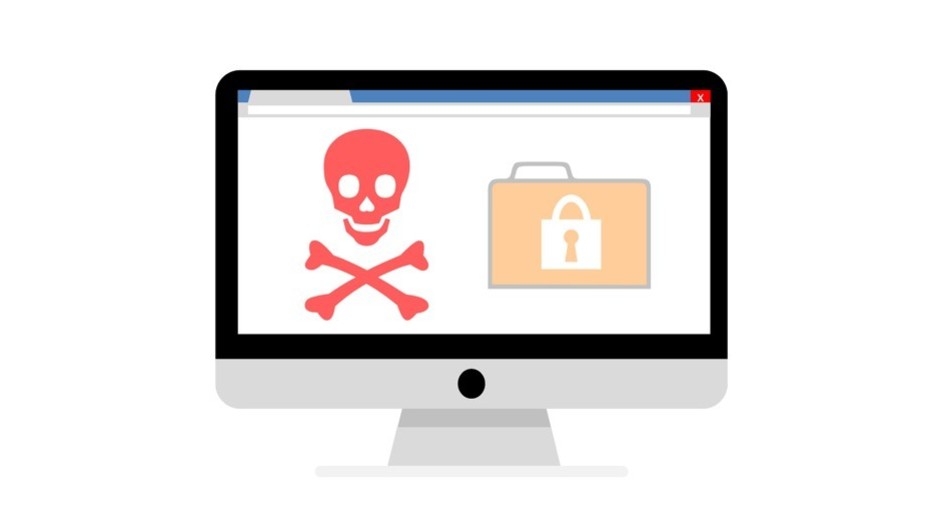Why you should not pay a ransom to a threat actor
Posted on 27th March 2023 at 11:38
Introduction
Ransomware attacks have become a major threat to businesses and individuals around the world. These attacks involve the encryption of valuable data and the demand for payment in exchange for the decryption key. The payment is typically demanded in the form of cryptocurrency, such as Bitcoin, which can be difficult to trace.
While it may be tempting to pay the ransom and quickly restore access to important data, there are several reasons why you should not give in to the demands of a threat actor.
There is no guarantee that the threat actor will provide the decryption key.
Paying a ransom does not guarantee that the threat actor will provide the decryption key needed to unlock your data.
Even if they do provide the key, there is no guarantee that the key will work or that the data will be restored to its original state.
In some cases, threat actors have demanded additional payments even after receiving the initial ransom payment.
Payment encourages further attacks.
Paying a ransom only serves to reinforce the business model of the threat actor. It provides them with a financial incentive to continue their criminal activities and target other companies.
By paying the ransom, you are indirectly funding future attacks against other businesses and individuals.
Payment can lead to additional vulnerabilities.
If you pay the ransom, you are essentially signaling to the threat actor that you are willing to pay to regain access to your data.
This may encourage them to target you again in the future, as they know that you are more likely to pay the ransom.
Additionally, if the threat actor is able to gain access to your system once, they may be able to do so again in the future.
Compliance with regulations and laws.
For example, the US Department of Treasury’s Office of Foreign Assets Control (OFAC) has warned that paying a ransom to certain threat actors may be a violation of US sanctions laws.
Similarly, some countries prohibit the payment of ransoms in certain situations.
Alternative solutions exist.
While it may seem like paying the ransom is the easiest way to regain access to your data, there are often alternative solutions that can be pursued.
These include restoring data from backups, working with security experts to decrypt the data, or simply accepting the loss of the data and moving on.
In conclusion, paying a ransom to a threat actor is not a recommended course of action. It is important to consider the potential risks and negative consequences before making a decision.
By taking proactive steps to prevent ransomware attacks and developing a plan for responding to such attacks, businesses and individuals can reduce the impact of these threats and protect their valuable data.
Share this post:

